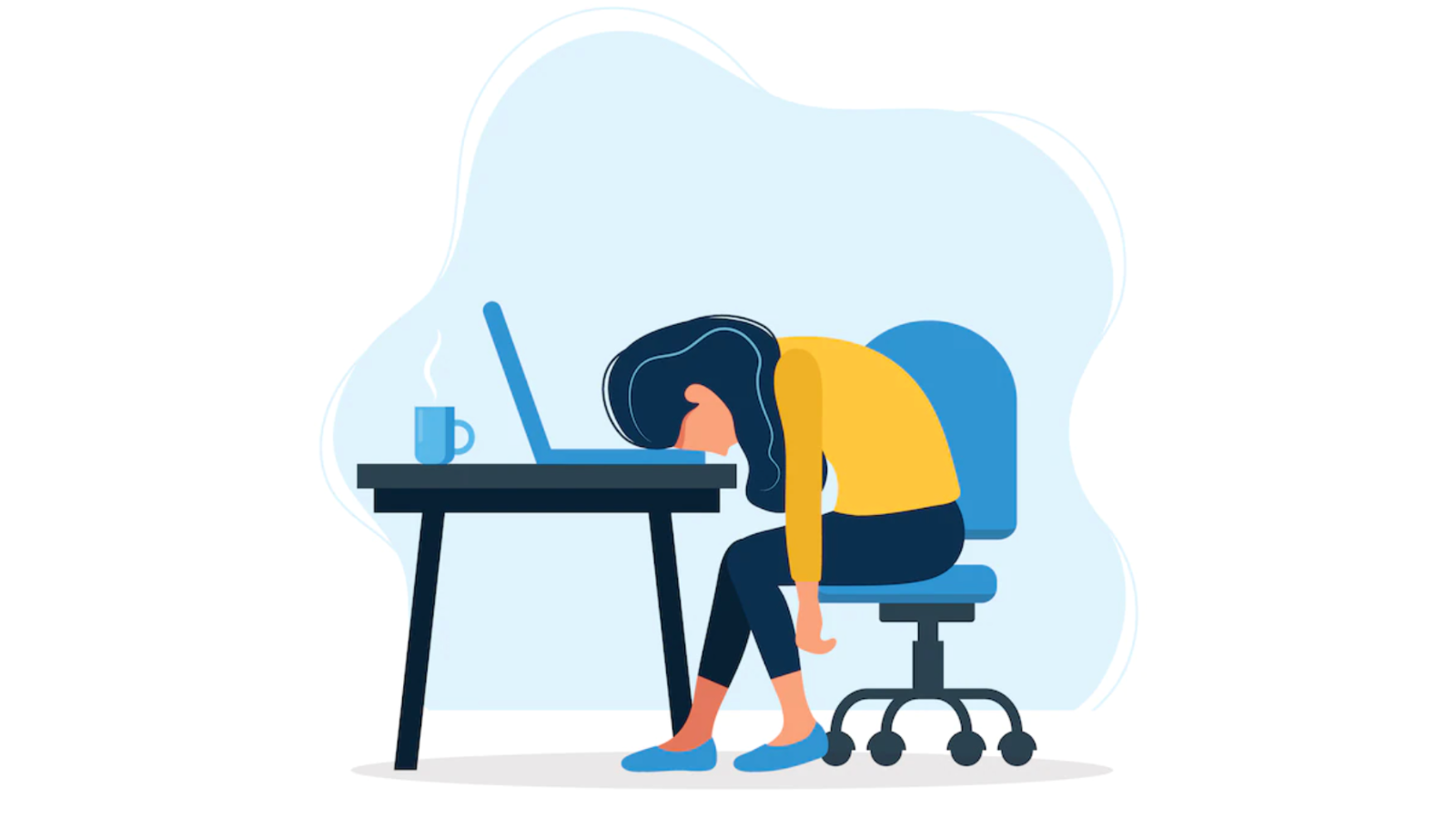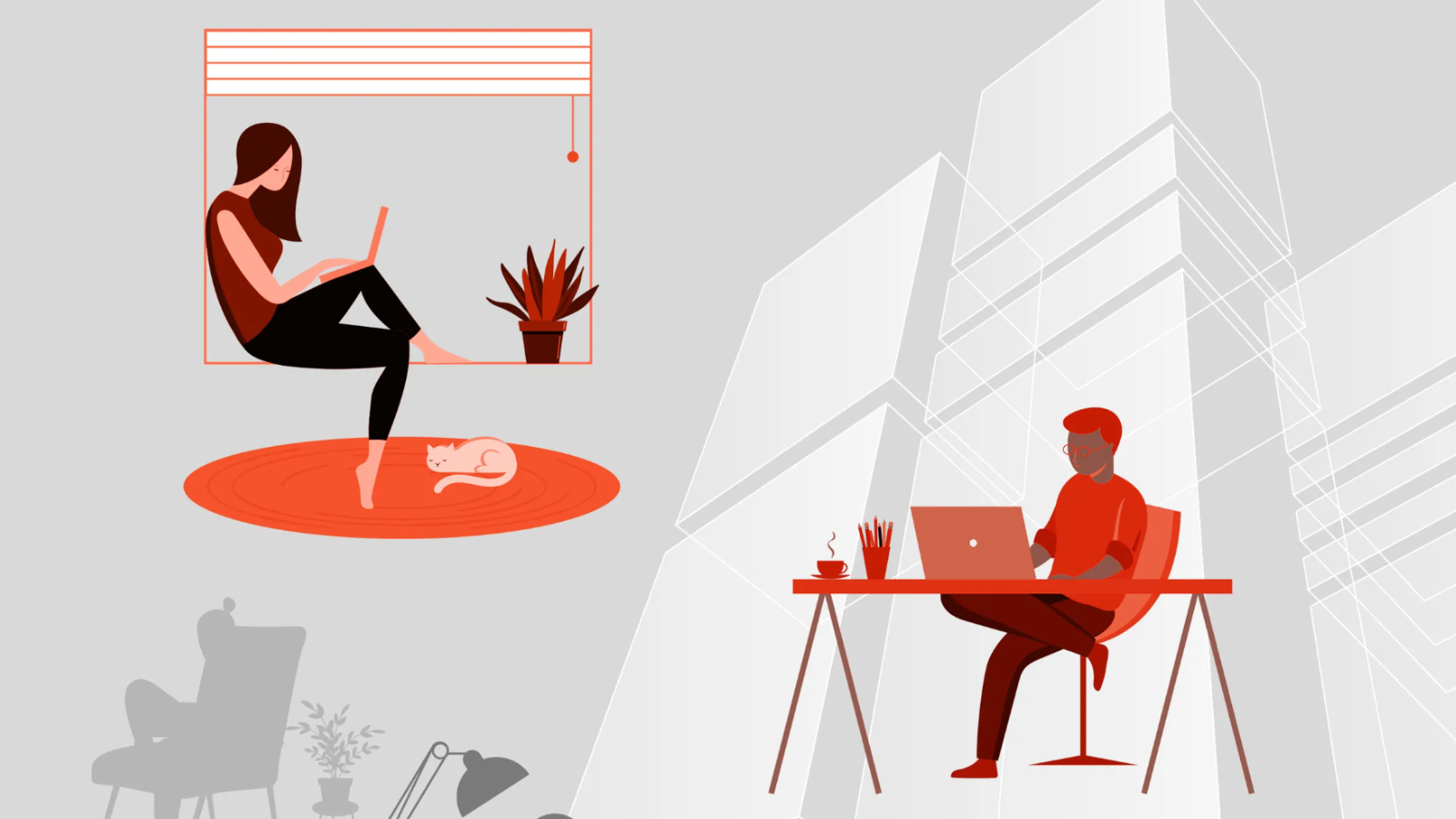
Future of Work Roundup: August 12
The future of four-day work weeks, plus why women are quitting more than men.

This week’s Future of Work Roundup looks at what the kids are calling “quiet quitting,” plus some stats on how too many meetings are bumming us out.
Gen Z and Millennials have latched onto the buzzword “quiet quitting” to cope with burnout, lack of motivation, and general disengagement with their jobs.
It’s giving disassociation.
The bottom line: We all have to work, but we don’t have to be miserable while doing it. That means employers need to make their workplaces enjoyable so employees (and the business) can be effective and successful.
Burnout starts to creep in when you’re overworked – and that feeling of burnout is compounded when the overwhelm is from a bunch of pointless meetings.
It could’ve been an email.
The bottom line: Businesses can help their employees’ physical and mental health by being more intentional about their time and having options for asynchronous calls so folks can tune-in when it works for them (or, skim through the meetings that don’t concern them).
Navigation

The future of four-day work weeks, plus why women are quitting more than men.

Six experts forecast the future of work, plus driving higher work performance through closer connections.

Today's remote work preferences, plus innovative ways businesses are making work more enjoyable.